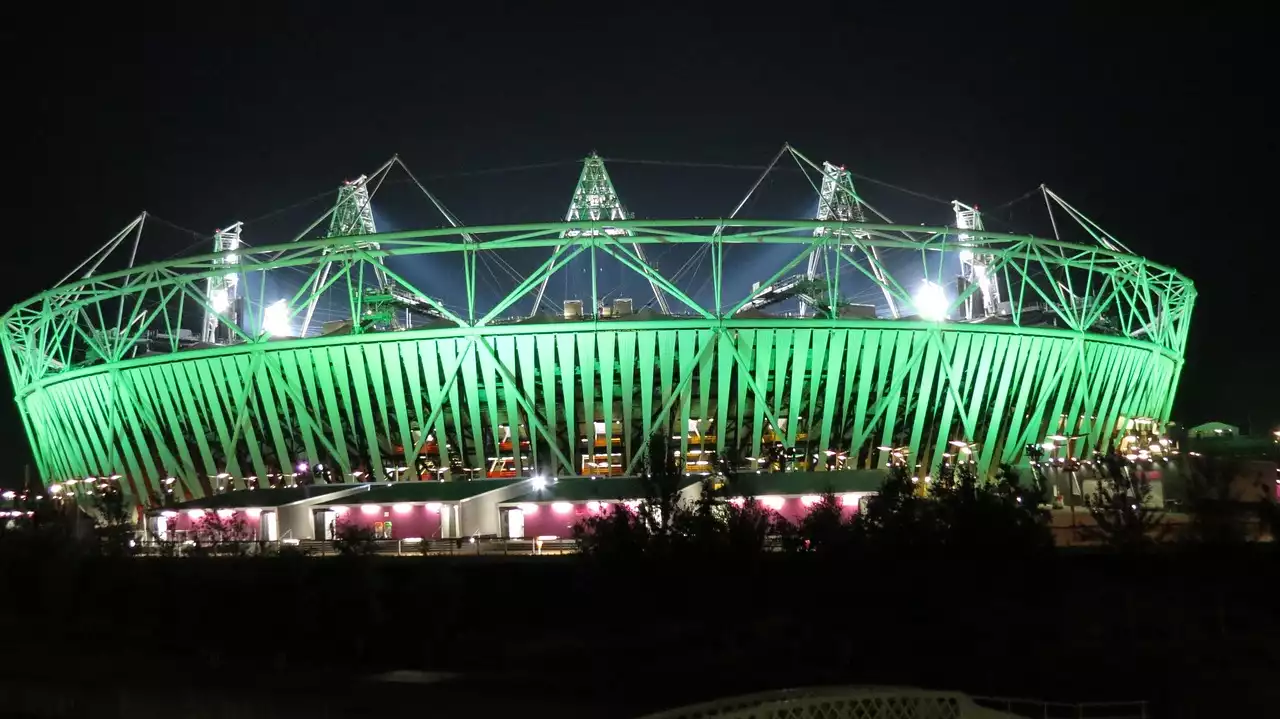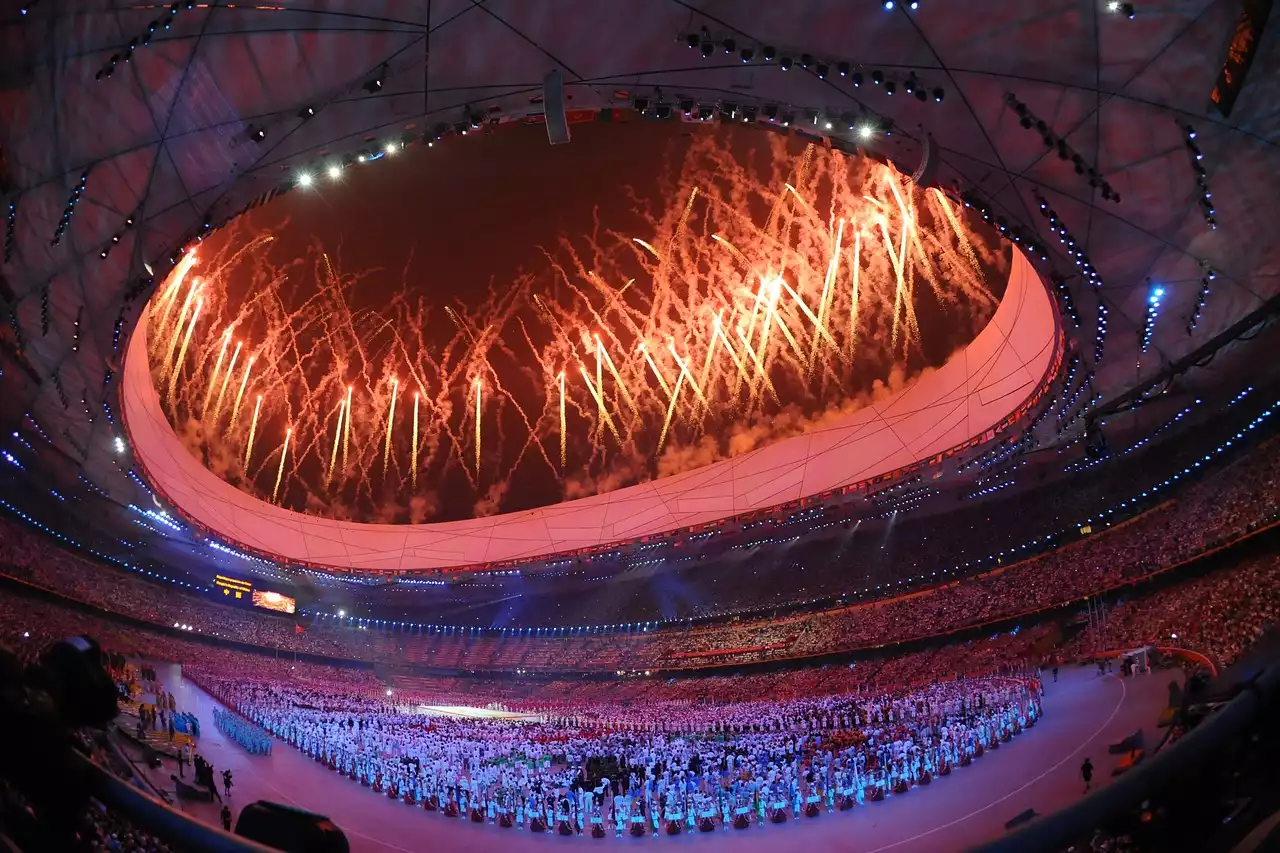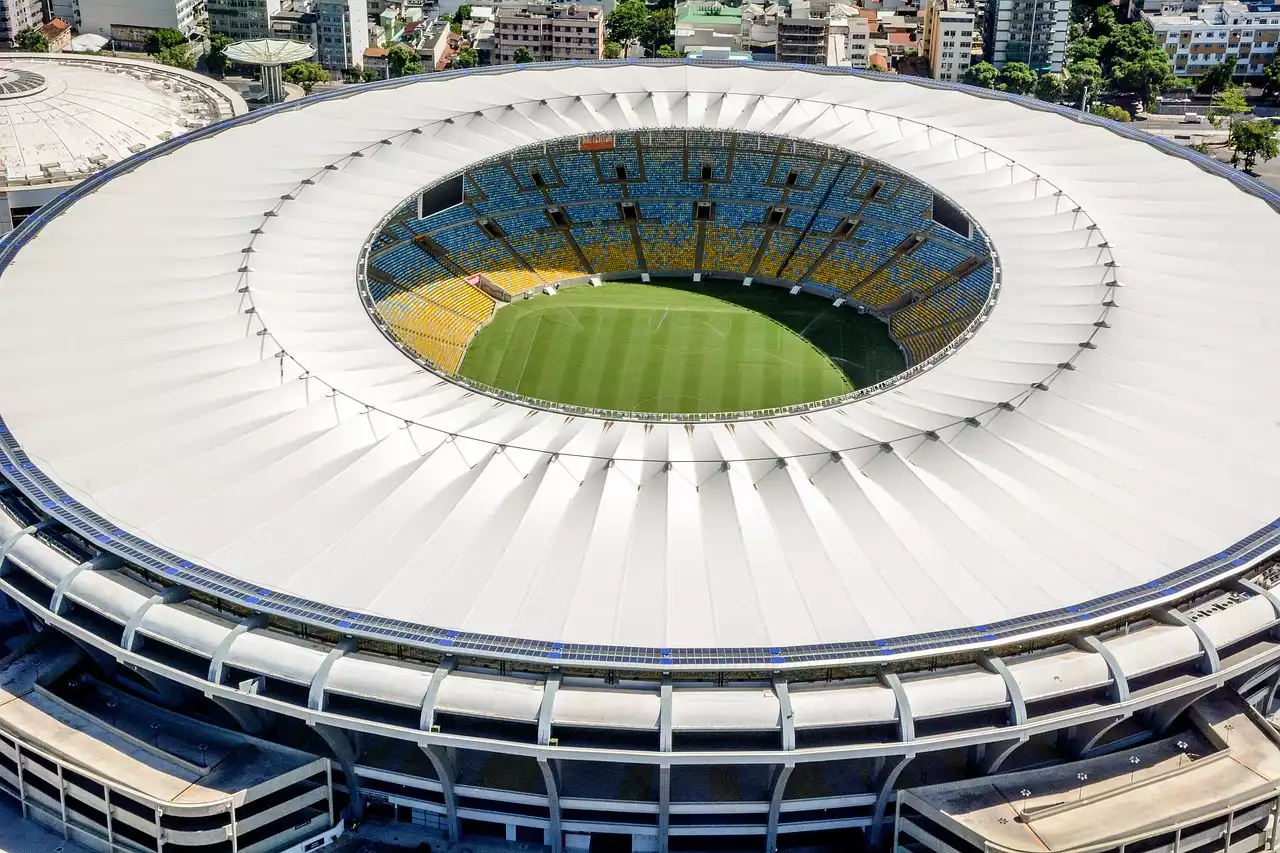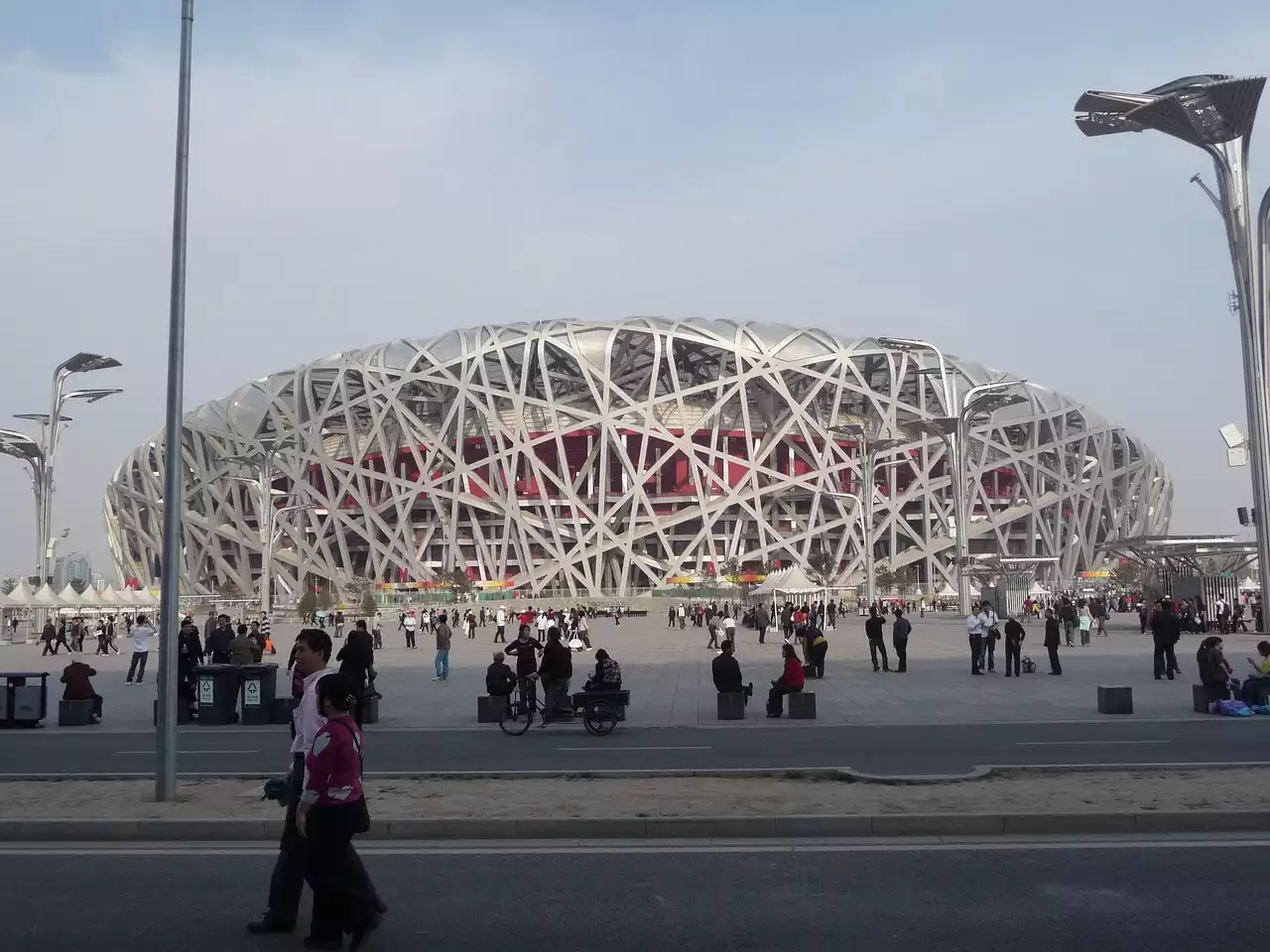The impact of hosting major sporting events on stadium infrastructure
Hosting major sporting events, such as the Olympics, leaves cities with state-of-the-art stadium infrastructure. These stadiums are built to accommodate thousands of spectators and provide top-notch facilities for athletes. However, once the event is over, many stadiums face the challenge of maintaining their relevance and generating revenue. This is where the true potential of hosting events in stadiums comes into play.
Stadiums that have hosted major sporting events often have well-designed layouts and amenities that can be repurposed for various events. The infrastructure built for sports events can be adapted to suit different requirements, making stadiums versatile venues that can host a wide range of activities. By leveraging this infrastructure effectively, cities can ensure that these stadiums remain vibrant and economically viable long after the sporting event is over.
The challenge lies in finding the right balance between preserving the legacy of the sporting event and adapting the stadium to cater to different needs. A holistic approach is required to ensure that the stadium infrastructure is utilized optimally, benefiting both the local community and the event organizers.
Strategies for maximizing stadium utilization
To maximize stadium utilization, cities and event organizers need to adopt strategic approaches that cater to the diverse needs of the audience. Here are some strategies that can help in leveraging the potential of stadiums:
1. Diversifying event offerings: Stadiums can host a wide range of events, from music concerts and cultural festivals to business conferences and trade shows. By diversifying the event offerings, stadiums can attract a broader audience and generate revenue throughout the year.
2. Collaborating with event organizers: Stadium management can collaborate with event organizers to create tailored experiences that leverage the unique features of the venue. By understanding the requirements of the event organizers and providing them with the necessary support, stadiums can become preferred destinations for hosting a variety of events.
3. Investing in technology: Technology plays a crucial role in enhancing stadium utilization. From ticketing systems and crowd management solutions to immersive audiovisual experiences, stadiums need to stay ahead of the curve to provide a seamless and memorable experience for attendees.
4. Engaging the local community: Stadiums can become community hubs by hosting local events, workshops, and activities. By involving the local community, stadiums can create a sense of ownership and pride, fostering a deeper connection between the venue and the city.
These strategies, when implemented effectively, can transform stadiums into dynamic spaces that cater to a wide range of interests and generate revenue year-round.
Case studies of successful stadium utilization post-Olympics
Several cities have successfully leveraged their stadium infrastructure post-Olympics to create vibrant destinations that attract both locals and tourists. Let's take a look at some case studies:
1. London Olympic Stadium: After the 2012 Olympics, the London Olympic Stadium was transformed into the home stadium for West Ham United Football Club. The stadium also hosts music concerts, athletics events, and other community activities. The versatile nature of the stadium has transformed the area into a thriving cultural hub.
2. Barcelona Olympic Stadium: The Barcelona Olympic Stadium, built for the 1992 Olympics, has been converted into a multipurpose venue that hosts various events, including concerts, exhibitions, and corporate functions. The stadium's strategic location and excellent infrastructure have made it a preferred destination for event organizers.
3. Sydney Olympic Park: Sydney Olympic Park, which hosted the 2000 Olympics, has become a vibrant precinct that offers a wide range of recreational, cultural, and business activities. The park hosts major sporting events, concerts, and festivals throughout the year, attracting visitors from all over the world.
These case studies highlight the importance of strategic planning and collaboration in maximizing the utilization of stadium infrastructure. By repurposing these venues effectively, cities can create thriving cultural and economic hubs that leave a lasting legacy.
The role of technology in enhancing stadium utilization
Technology plays a crucial role in enhancing the utilization of stadiums. Here are some ways in which technology can be leveraged:
1. Ticketing and access control: Advanced ticketing systems and access control solutions can streamline the entry process, ensuring a seamless experience for attendees. This also allows event organizers to collect valuable data that can be used for future marketing and planning efforts.
2. Audiovisual experiences: Stadiums can invest in immersive audiovisual technologies to enhance the spectator experience. Giant screens, high-quality sound systems, and augmented reality experiences can create a truly immersive environment for attendees.
3. Digital marketing and engagement: Stadiums can leverage digital marketing strategies to promote events and engage with the audience. Social media campaigns, targeted advertising, and interactive mobile apps can help create buzz and increase attendance.
4. Smart infrastructure: Stadiums can integrate smart technologies to improve operations and enhance the overall experience. This includes features such as smart lighting, energy-efficient systems, and real-time data analytics for crowd management.
By embracing technology, stadiums can create a truly immersive and memorable experience for attendees, attracting both event organizers and visitors.
Collaborative approaches to stadium utilization
Collaboration is key to maximizing stadium utilization. By fostering partnerships with various stakeholders, stadiums can become vibrant destinations that cater to a wide range of interests. Here are some collaborative approaches that can be adopted:
1. Public-private partnerships: Stadium management can collaborate with private companies to host events and share the associated costs and revenues. This allows for a diversified event calendar and reduces the financial burden on the stadium.
2. Industry collaborations: Stadiums can collaborate with industry associations and trade organizations to host conferences, trade shows, and exhibitions. This not only generates revenue but also positions the stadium as a preferred venue for industry events.
3. Community involvement: Engaging the local community is crucial for the success of stadium utilization. Stadiums can partner with local schools, community organizations, and sports clubs to host grassroots events and activities that benefit the community.
By adopting collaborative approaches, stadiums can tap into the expertise and resources of various stakeholders, creating a win-win situation for all parties involved.
Sustainability considerations for stadiums
In the post-Olympics era, sustainability has become a key consideration for stadiums. Here are some sustainability practices that can be implemented:
1. Green building design: Stadiums can be designed to be energy-efficient and environmentally friendly. This includes features such as solar panels, rainwater harvesting systems, and efficient waste management practices.
2. Sustainable transportation options: Stadiums can encourage the use of public transportation and provide adequate infrastructure for cyclists and pedestrians. This reduces traffic congestion and carbon emissions associated with commuting to the venue.
3. Local sourcing and eco-friendly practices: Stadiums can prioritize local sourcing of food and beverages, as well as adopt eco-friendly practices such as recycling and reducing waste. This promotes sustainability and supports the local economy.
By adopting sustainable practices, stadiums can minimize their environmental impact and create a positive legacy for future generations.
Future trends in stadium utilization
The future of stadium utilization is promising, with several trends shaping the industry. Here are some key trends to watch out for:
1. Virtual and augmented reality experiences: Stadiums are exploring virtual and augmented reality technologies to enhance the spectator experience. This allows attendees to have a personalized and immersive experience, even from the comfort of their homes.
2. Hybrid events: The COVID-19 pandemic has accelerated the adoption of hybrid events, which combine in-person and virtual components. Stadiums are adapting to this trend by providing the necessary infrastructure and technology to host hybrid events seamlessly.
3. Sports tourism: The rise of sports tourism presents opportunities for stadiums to attract international visitors. By hosting major sporting events and creating unique experiences, stadiums can position themselves as must-visit destinations for sports enthusiasts.
4. Wellness and fitness events: Stadiums are increasingly hosting wellness and fitness events, such as yoga sessions and charity runs. This taps into the growing trend of health-consciousness and provides a unique setting for such activities.
The potential of stadiums in the post-Olympics era is vast, and by staying abreast of these trends, cities and event organizers can leverage this potential effectively.
Stadiums have evolved from being exclusive sports venues to becoming versatile spaces that host a wide range of events. The post-Olympics era presents an opportunity to tap into the untapped potential of stadiums and transform them into year-round destinations that attract tourists, boost the local economy, and create employment opportunities. By adopting strategic approaches, leveraging technology, fostering collaborations, and prioritizing sustainability, cities can harness the power of hosting and create memorable experiences and lasting legacies. It's time to unlock the true potential of stadiums and redefine their role in shaping our cities.










